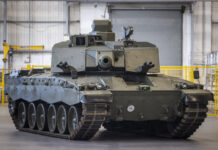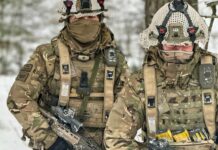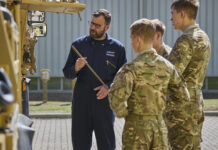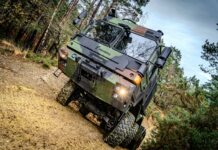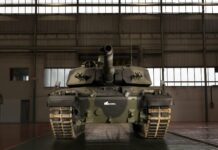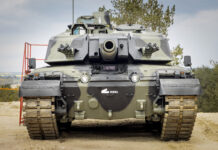The British Army’s Challenger 3 main battle tank (MBT) programme has passed its critical design review (CDR) ahead of schedule, the UK Ministry of Defence’s Defence Equipment & Support (DE&S) organisation announced on 9 February 2023.
Passing the CDR means that the design for the tanks has been agreed and prime contractor Rheinmetall BAE Systems Land (RBSL) can now start building the Challenger 3 prototypes.
The work has been carried out under a GBP 800 M contract awarded to RBSL in 2021 to deliver 148 fully digitalised MBTs to the British Army as upgrades to the army’s current fleet of Challenger 2s.
DE&S added in its press statement that supply chain subcontracts have now been awarded and that work to modernise and expand RBSL’s production facility in Telford, UK – which will also manufacture the British Army’s future fleet of Boxer multi-role armoured vehicles – is now almost complete.
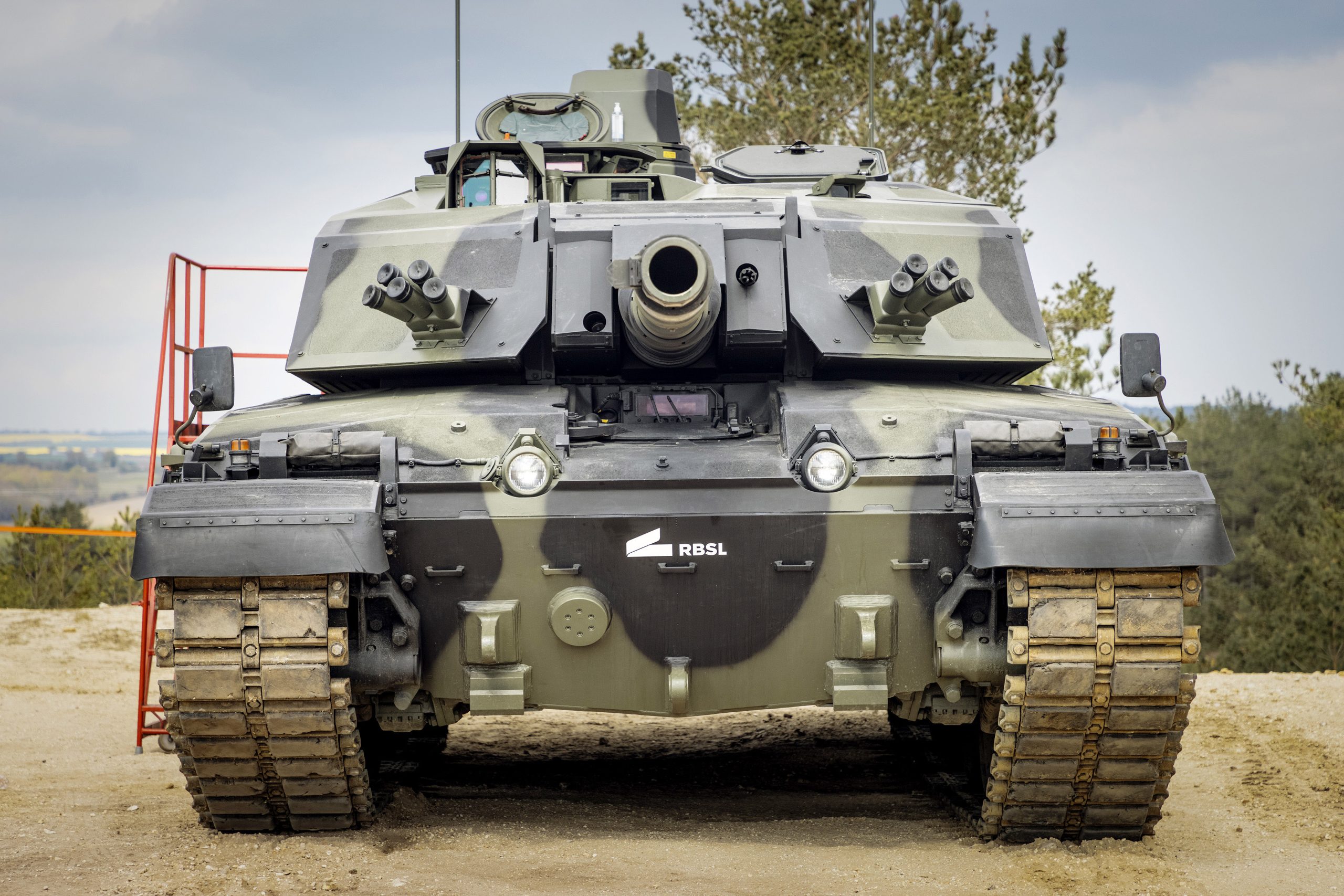
The British Army originally received 386 Challenger 2 MBTs from 1994, although UK government statistics list 227 as being held as of December 2022. Since then, the United Kingdom has pledged to supply Ukraine with 12-14 Challenger 2s.
Under the British Army’s Army 2020 modernisation programme the service is expected to have three Challenger 2 MBT regiments plus one reserve regiment.
The key features of the Challenger 3 include: a high-pressure Rheinmetall L55A1 120 mm smoothbore main gun, as used in the German Leopard 2A7 MBT, to replace the Challenger 2’s 120 mm/L55 L30A1 rifled gun; a new suite of Thales sights (the DNGS T3 for the gunner, and the ORION panoramic sight for the commander) to provide the crew with enhanced day and night targeting capabilities; a new modular armour solution using sovereign technology developed by the UK Ministry of Defence’s Defence Science and Technology Laboratory that incorporates what is being called ‘Epsom’ and ‘Farnham’ armour to replace the Challenger 2’s ‘Burlington’ (sometimes also referred to as ‘Chobham’) composite armour; integration of the Trophy MV Active Protection System produced by Israel’s Rafael; a new turret that DE&S says “can be fitted to the tanks of allies and global partners”; an upgrade to the Challenger 2’s current Perkins 12-cylinder diesel powerpack that features electric cooling fans with higher efficiency and reliability and upgraded radiators that improve heat transfer away from the powerpack; improvements to the tank’s cold-start functionality; and a new third-generation Horstman hydrogas suspension system to improve the ride and increase firing accuracy on the move.
Full operating capability for the Challenger 3 is slated for 2030.
Peter Felstead




